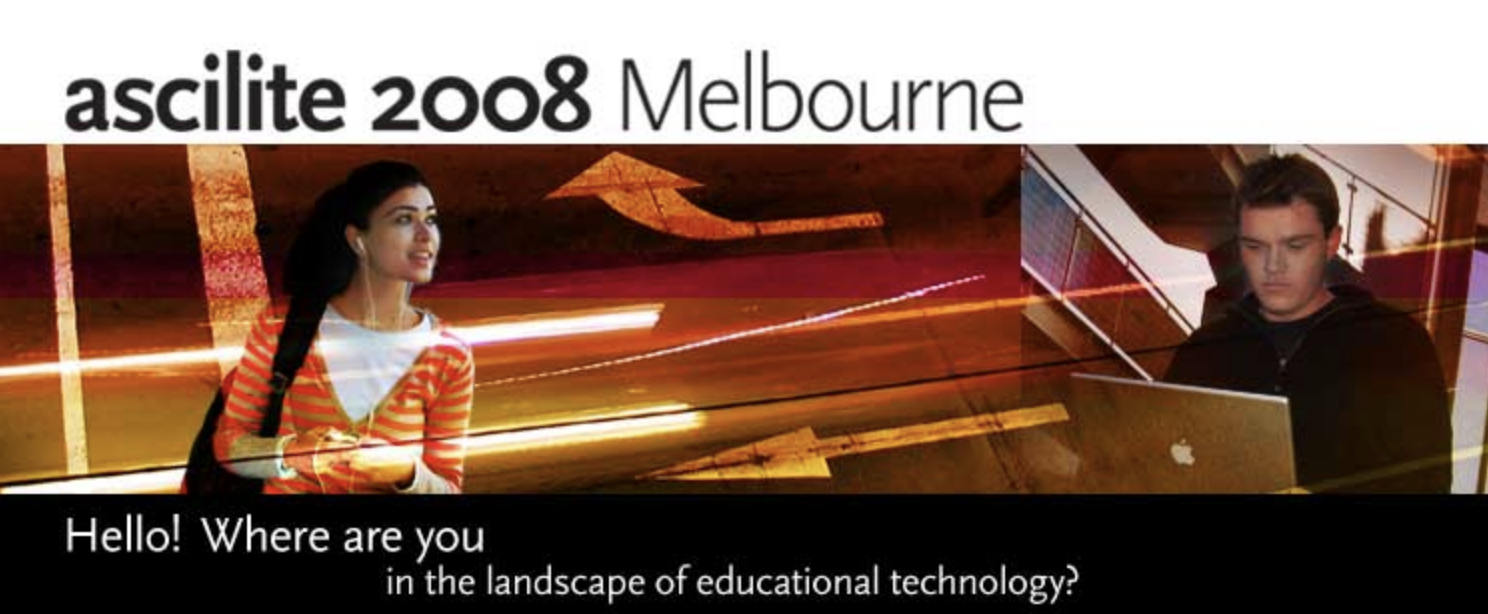Academic integrity compliance and education
DOI:
https://doi.org/10.14742/apubs.2008.2416Keywords:
Turnitin, plagiarism, student commentsAbstract
In 2002, RMIT University trialled Turnitin (Barrie 1996) a text matching software package to assist in the identification of plagiarism. Turnitin enables access to databases of text stored digitally and provides a means of comparing student submissions. Subsequent to the initial use of Turnitin by staff, a pilot was conducted during which student groups had access to the software to check their submission drafts. Now student assessments whether online or on-campus can be run through the detection software. In this paper, we discuss the process and practices of using plagiarism detection software at RMIT and briefly examine some information gathered from students, both online and on-campus, informal comments regarding their participation in the student upload pilot. From these comments some suggested improvements to the implementation process are discussed. Some directions for future research into student use of Turnitin are also suggested.
In recent years, the Schools of Computer Science and Information Technology (CS&IT) and Business and Information Technology (BIT) have spear-headed trials of the use of plagiarism detection software, as well as implementing processes, procedures and workshops for explaining and dealing with academic integrity. This has possibly occurred because most of their student submissions are electronic and therefore amenable to use of copy detection software, or because the staff are well aware of and interested in the technologies involved. Dealing with the numerous cases of plagiarism found by the software has posed difficult questions for both Schools and the University, and is the main issue addressed in this paper.
Downloads
Published
Issue
Section
Categories
License
Copyright (c) 2025 Margaret Hamilton, Joan Richardson

This work is licensed under a Creative Commons Attribution 4.0 International License.





